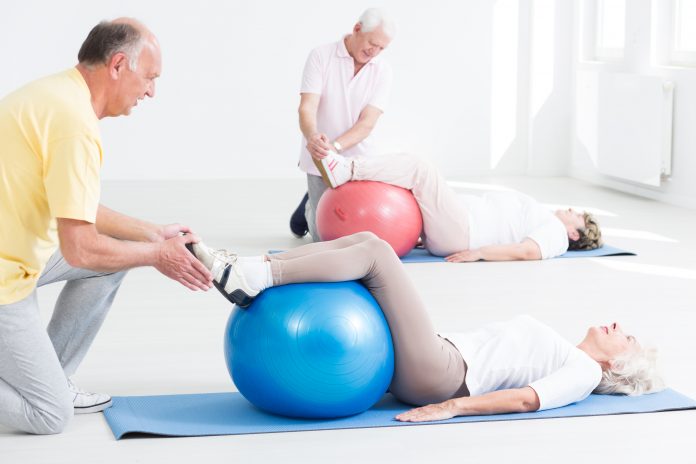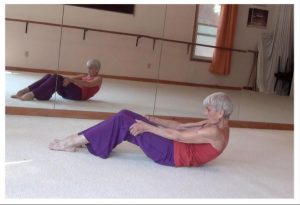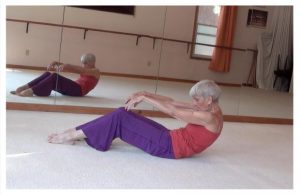When talking about your core muscles, you might think that the ultimate goal is to make them as strong as possible. Like working out any other muscle. You also might be hearing people talk about core stability, but might not know exactly what the term means. While the two concepts relate to the same muscle group, the specifics are actually very different. Find out what makes core strength so separate from core stability, how they affect your body and what you can do to modify your workouts to focus on your core more effectively.
What is core strength?
As its name suggests, core strength refers to the actual strength of your core muscles. For many people, the first thing that comes to mind are the abs, and the ideal workout move to strengthen them are sit-ups.
While having strong core muscles can help with various actions, such as your jumps and throws in different sports, excessive strength training for the core eventually leads to a plateau in results. Additionally, these strength-training moves don’t provide specific help in improving your stability, instead leading to little more than a more defined six-pack.
What is core stability?
Core stability refers to your ability to engage all of the muscles in your core, not just your ab muscles, and thus it involves a much more complex focus on the region. The core muscles are the workhorse of your body and are integral in virtually all forms of physical activity. They help you to control your body more effectively. Starting out by keeping the spine from bending or flexing unintentionally and extending to your ability to better utilize your arms and legs.
That can be anything from keeping level while planking to swimming in a straight line. The core muscles are the deeper, underlying muscles and are often overlooked when working out in a general sense. They can therefore be undeveloped and need to be worked with gently and mindfully to develop a good sense of stability.
What are the benefits of core workouts?
While both types of core workouts can have a positive impact on your health and your everyday life, core stability training is likely going to yield better and more noticeable results. This is because stability is an integral part of a wide range of activities, whereas the base strength of your core has a more limited focus. Increasing your stability helps you to execute better form, and sustain it for longer, because you are more capable of controlling your body.
More core stability helps you to keep from leaning forward while you run. Which can lead to a decrease in speed and form over time. Similarly, being able to keep your body still during stretches makes them more effective at reducing injury, as well as ensuring that you do not unintentionally hurt yourself.
How to train for stability
For the most balanced results, you should focus on improving both your core strength and your core stability to avoid creating an imbalance in your body. Despite the differences between each type, the two are very much related through the shared musculature and functionality.
The key is to refrain from putting too much emphasis on either camp and retaining an even focus on the entire body. Moves such as planks help to engage the entire core, rather than overly targeting a single section. An easy way to help identify moves that can improve your core stability is to see if they involve stability to begin with. For example, because a plank requires you to keep your body still and level with the ground, you know it’s engaging those muscles. Alternately, crunches typically only focus on your ab muscles and thus may not have a major impact on your stability.
How strength and stability apply to Somatic Stretch® Strength
Stability apply to Somatic Stretch® training, with the strengthening aimed primarily at the intrinsic, or deeper-lying muscles. The focus, first, is on tension. Releasing stretches to “loosen” the connections between body parts so that alignment can be corrected. Strengthening exercises are then done in an isolated way to bring energy and awareness to the target muscles and to develop control of bodily movements.
Core stability follows when the body as a whole is engaged, with both strength and awareness bringing all of the muscles together in a harmonious and interactive play.
Here is an example of a Somatic Stretch® strengthening exercise using help from arms to isolate the lower abdominal muscles. The second photo shows the same exercise with the main focus still on lower abdominals but with the whole body more involved, making it more of a stability exercise.
This and other exercises that teach you how to work with your body in a focused way is what makes the Somatic Stretch® method of body training so effective. It helps you
maintain a mobile and healthy physical condition.
This article is intended for informational purposes only. If you have any questions or are considering any new physical activity or recommendations, please consult your health practitioner.
























